You are here
History of reserve Alakol.
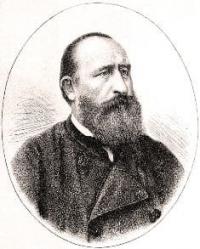
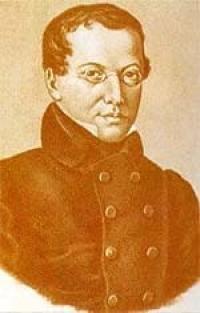
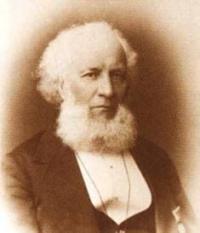
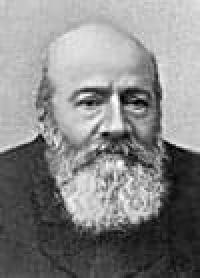
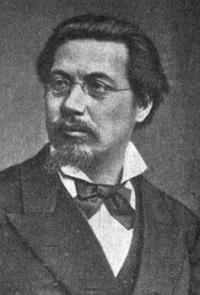
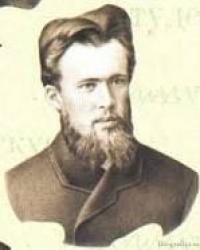
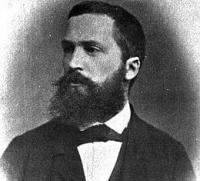
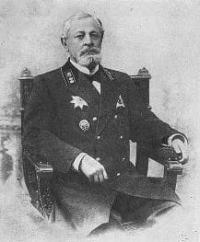
Birding Tours Alakol Reserve.
“Nature is wise. You can learn everywhere and from everything”
Leonardo da Vinci.
Flower Tours to Alakol reserve.
The first of the researchers, in 1722, prepared a brief description and a schematic map of the Alakol lakes, was a Russian officer N. Unkovsky. In the future, the routes of many famous travelers crossed the Alakol depression: G.S. Karelina (1840), A.I. Schrenk (1840), A.I. Vlangali (1849), P.P. Semenov-Tien-Shanskiy (1857), A.S. Tatarinova (1864), A. Golubev (1867), O. Finsha and A. Brem (1876), G.D. Romanovsky (1878), I.S. Polyakov (1877), V.A. Obruchev (1905, 1906, 1909) and others.
The beginning of zoological research in the Alakol basin and in the Dzungarian Alatau was laid by the famous traveler Grigory Silych Karelin. In 1840, on behalf of the Moscow Society of Naturalists, he went to Siberia and Kazakhstan, where for 6 years he explored Altai, Tarbagatai and Dzhungarsky Alatau. G.S. Karelin and his assistant I.P. Kirilov repeatedly visited the Alakol depression and the Dzungarian Alatau and at the same time as collecting herbarium of birds and mammals.
In the summer of 1840, Karelin visited the upper reaches of the Ayaguz and Naryn rivers and explored the western slope of Tarbagatai approximately to the Urjar river, and in the autumn visited the Zaysan depression and the eastern slope of Tarbagatai.
At the beginning of June 1841, the Karelin expedition crossed from the Ayaguz picket and from the upper reaches of the Ay river and went down this river, crossed the desert plain, reached Lepsa and along its right bank in early July reached the Dzungarian Alatau.
In July-August, travelers explore the valleys of Lepsy, Sarkan, Baskan, Terekty and Aksu, climbing the watersheds of the Dzungarian Alatau to eternal snows. In mid-August, the expedition descended from the mountains along the Lepsy River, crossed the Balkhash Sands and reached the Ayaguz River (Lipsky, 1905; Bobrinsky, 1929; Pavlov, 1940).
In his letter from the expedition G.S. Karelin reported that this trip, among other fees, brought 700 copies of animals and birds. In July 1842, researchers worked in the valleys of Aksu, Lepsy, Sarkan, and Baskan. In August 1843, the preparation was Karelin G.A. Maslennikov is collected in the Lepsy valley (Lipsky, 1905).
In June, July 1844, the traveler visited Lake. Alakol and Tarbagatai. It is known that he visited Araltobe Island on Lake Alakol, taking a boat with him for this purpose from Zaysan. In a letter to S.G. Stroganov dated August 4, 1846, the traveler reports that from May 1840 to March 1843 they delivered 1669 copies to the MOIP. birds (Lipsky, 1905, p. 721), and from September 1842 to March 1845 through F.F. He transferred Brandt to the Academy of Sciences 1,050 copies of animals and birds.
A list of their Latin names indicating the location and time of extraction Karelin cited in the notebook number V, stored in his archive (Lipsky, 1905, p. 593). Book No. 6 from the Karelin archive contains a systematic catalog of all collections sent from 1840 to 1845, including a list of 293 bird species, which lists Latin and Russian names, locality, for some species, and time of prey (Lipsky, 1905, p. . 593). Some mammals from these collections were subsequently determined by F.F. Brandt.
O.N. Bobrinsky (1929, p. 82 - 83), describing the results of this researcher, notes: “Karelin did not print anything about the animals of our region (except for the letter to citizen Kankrin (Archiv fur wissensch. Kunde von Russl. Ermab. Bd. II , 1842, p. 332), where some animals from the mouths of Ili are mentioned), but in his manuscripts, mainly diaries, which were at Lipsky, apparently there are some interesting indications for us, but in the extracts published by Lipsky there are only insignificant data ".
As you know, the manuscripts and collections of G.S. Karelina died in a fire in his house in the town of Guryev. A.I. Schrenk was sent to study the Alakol depression and the Dzungarian Alatau by the St. Petersburg Botanical Garden in 1840.
During the expedition, which lasted 4 years, A.I. Schrenk and his companion K.F. Mesngausen examined in detail the entire northern slope of the Dzungarian Alatau. In June - July 1840, from June 30 to July 29, travelers visited the basins of all the main rivers of the northern slope of the Dzungarian Alatau (Lepsy, Baskan, Aksu, Karatal, Koksu, Sarkan, again Baskan, Lepsy, Tentek).
Descending from the mountains, travelers visited Alakol and Sasykkol (July 29), the lower reaches of the Emel and Urdzhar rivers, including Lake. Uyaly (August 8), went up the river. Katynsu to the city of Chuguchak (August 17), climbed to the ridge.
Tarbagatai (August 29) and September 10 reached the upper reaches of the river. Ayaguz. In June 1841, researchers from Sergiopol climbed Tarbagatay and walked to the Emel River (July 12), examined Alakol, Maly Alakol, Zhalanashkol and the mountains of Tokhtybarlyk (July 21).
Then they climbed the north-eastern slope of the Dzhungarskiy Alatau, where they collected collectibles in the valleys of the Terekty, Tohty and Tentek rivers. Having descended from the mountains to Lake Alakol on August 18, travelers traveled along the Urjar River (August 20 - 24) and climbed the Katynsu River to Tarbagatai and returned to Sergiopol.
In 1842, the Schrenk expedition worked in the Chu Valley and the Betpakdala Desert, in 1843 he traveled from Karkaralinsk along a caravan road with the river valley. Tokrau to Lake Balkhash (June 18), examined its western part and islands (July 5), crossed the Chu-Ili Mountains through Khantau and reached the river.
Chu (July 12), then returned to the mouth of the river. Or, went to the confluence of Karatal and Sarybulak (August 31), the Lepsy River (September 9), Lake Sasykkol and climbed the Ai River to the headwaters of Ayaguz (November 27).
Travel notes A.I. Schrenk, and in particular, about his visit to Lake Alakol and the Araltobe Islands are published in the Mining Journal (Schrenk, 1842), and the results of a survey of the Dzungarian Alatau are published in the German edition of his writings (Schrenk, 1845).
However, there is little information about animals in these works. It is known that at the same time as herbarium collections, Schrenk and his assistant collected birds. Its archive contained “zoological notes (higher animals)” (Lipsky, 1905, p. 558). Collections A.I. Shrenka are stored in the Zoological Museum in St. Petersburg.
His ichthyological collections were determined and included in the summary “Pisces”, which was published in the series “Travel to Turkestan A.P. Fedchenko ”(Kessler, 1874). A part of his herpetological collections was used by Academician Strauch in articles “Die Schlangen Russ. Reichs”,“Synopsis d. Viperiden", "Bemerk. D. Eidechsengat. Scapteria”, as well as in the works“ Mammals of Islands and Shores of the Aral Sea ”(Alenitsyn, 1876) and“ On the Fauna of the Vertebrate Bottom of the Balkhash Basin ”(Nikolsky, 1887).
In 1842, P. Romanov, collector of the professor of Kazan University E.A., visited the Alakol, Sasykkol, in the adjacent parts of Tarbagatai and the Dzungarian Alatau in order to collect zoological collections. Eversmann.
In April 1864, the famous zoologist N.A. passed through the postal route between Sergiopol (Ayaguz) and Lepsinsky in the eastern Balkhash, including the mountains of Arganaty and Arkharly. Severtsov. He repeated the same route in 1867.
Unfortunately, zoological gatherings were practically not conducted here, and the publication left only a small mention of this section of the route. Later, many outstanding Russian travelers traveling from Semipalatinsk to Verny (Almaty) passed this route, passing away from the Alakol - Sasykkol system of lakes.
In April-May 1884, the south-eastern coast of Balkhash between the mouths of Ayaguz and Lepsу, on behalf of the West Siberian Department of the Russian Geographical Society, examined A.M. Nikolsky, who first described the fauna of vertebrates in this area.
In 1877, on the instructions of the Russian Academy of Sciences, zoologist I.S. Polyakov examined the lakes Alakol and Balkhash, the foothills of Tarbagatai and the Dzhungarsky Alatau, collecting significant collections of fish, reptiles and mammals that are currently stored in the ZIN RAS.
Unfortunately, the researcher did not publish the results of his research, although the Notes of the Academy of Sciences (1877, v. 30, p. 82) emphasized that his expedition “brought a lot of valuable information about the nature of the traveled mountain countries and steppes; Of particular interest are the studies of Mr. Polyakov in the steppes between Ala-kul and Balkhash.
Together with a variety of information about the countries traveled, about animals and plants inhabiting them, Polyakov delivered rich collections to the Academy Museum, of which collections of fish and reptiles of the Alakul-Balkhash basin are especially valuable. ”
Ichthyological fees I.S. Polyakov processed Kessler (1879), and reptiles identified by Strauch and used in the review work of A.M. Nikolsky (1887). In 1876, Alakol was visited by an expedition of the Bremen Polar Society, which included Otto Finsch, conservative of the Berlin Natural History Museum, Waldburg Zeil and Alfred Brem, author of the world-famous book “Animal Life”.
The route of these researchers was as follows: May 8 - Sergiopol (Ayaguz) - p. Karakol; May 9-10 - Lake Sasykkol; May 11 - Tentek, Chinzhila and Saikan mountains; May 12 - 14 - Lepsinsk and adjacent spurs of the Dzungarian Alatau; May 15 - rise to the lake.
Zhasylkol; May 18 - overnight on the river. Baybulak; May 19 - Urjar; May 20 - Baht; May 21 - 23 - the city of Chuguchak; May 26 - Burgusutai border post in Tarbagatai. Travelers left a detailed description of the route, met and collected birds, mammals, amphibians, reptiles and fish.
For the Alakol-Sasykkol system of lakes, the first faunistic list is given, including 90 species of birds (Finsch, 1879; Finsch, Brem, 1882). The collections of O. Fins are stored in the British Museum. In 1857, the outstanding traveler P.P.
On the way from Dzhungarskiy Alatau to Tarbagatay, Semenov-Tian-Shansky crossed the Alakol basin in the western part of Lake Sasykkol and made botanical fees here. In 1902, Professor of Botany of Tomsk University V.V. Returning from the Tien-Shan expedition on August 29, Sapozhnikov arrived in Lepsinsk, on August 31 in Osinovka and then went along the route between the lakes Alakol and Sasykkol up the river.
Urjar to the Burgon picket. In 1904, Sapozhnikov completed the study of Manrak, Saur and East Tarbagatay on July 8, arrived in the border fortification of Bakhta, on July 13 crossed the valley of the river. Emel and passing the east coast of Lake.
Alakol, embarked on a botanical study of the eastern part of the Dzungarian Alatau. V.F. took part in this expedition. Semenov, collecting the lower vertebrates. A natural historical and statistical survey in 1907 was first carried out by the Resettlement Directorate in Urjar, Murzatai-Karasuy, Emel, Barlyk, Alakul, Makanchi-Sadyrov, Chinzhilinsky and West Chinzhilinsky volosts of Lepsinsky district, and in 1909 another statistical parish formed in St. Petersburg, the entire county territory was already covered (Rumyantsev, 1911, 2000).
In the same year, an expedition of soil scientist L.I. worked in Lepsinsky district. Prasolova and botany Rozhevitsa. In 1914 and 1915 in the Alakol basin, mainly in its western part, Vladimir Nikolaevich Schnitnikov conducted herpetological, ornithological, theriological and entomological collections (1928, 1936, 1949).
The first hydrographic surveys of Alakol lakes were carried out in 1943 - 1944. hydrographic party of the Hydrometeorological Service of the Kazakh SSR. Stationary observations of the level of lakes began in the 50s of the twentieth century.
Stationary hydrological observations on Lake Alakol began in 1948, on Lake Koshkarkol in 1956, and on other lakes only during expeditionary studies of the Almaty GMO (1960). Until 1960, at lake posts, water level, water temperature and precipitation were monitored.
In 1943 - 1944 The Hydrometeorological Department of the Kazakh SSR conducted a reconnaissance survey of the lakes Sasykkol, Koshkarkol and Alakol. The survey was carried out during a period of low perennial standing of lake levels, and the results are presented in the collection “Surface Water Resources of the USSR” (v.13, issue 2).
Alakol expedition of Almaty GMO in 1960 - 1964 comprehensive hydrological studies of Alakol lakes and the Tentek River Delta were carried out. At the same time in 1960 - 1963 The geography sector of the Academy of Sciences of the Kazakh SSR conducted bathymetric surveys of Alakol, Koshkarkol and Sasykkol lakes, studying their morphometry, coastal dynamics, bottom sediments and hydrofauna with sampling for chemical analysis.
The results of these works are summarized in 11 - 13 issues of the Proceedings of the Institute of Geography "Issues of Geography of Kazakhstan" (Alma-Ata, 1964, 1965, 1966). Long-term fluctuations in the water levels of the lakes of the Alakol-Sasykkol system are highlighted in the works of K.V. Kurdyukova (1951), A.V. Schnitnikova (1950, 1975) and R.D. Kurdina (1969), V.I. Korovin (1963, 1965, 1965, 1966), V.I. Korovin and R.D. Kurdina (1965).
The performed studies made it possible for the first time to comprehensively illuminate the main features of the hydrological regime and water balance of lakes (Kurdin, 1965a, 1965b, 1965b, 1969; Kurdin, Skolyatsis, 1967; Kurdin, Shilnikovskaya, 1965).
The flora of the Alakol depression during the twentieth century was studied by many specialists (Sapozhnikov, 1904; Lipsky, 1931; Rubtsov, 1948, 1952; Stepanova, 1962; Grubov, 1963; Fokina, 1979; Rusyaeva, 1961, 1986; Novikova, 1986).
A detailed description of the vegetation and soil cover is given in the book “Alakol depression and its lake” (Nasonova, 1965; Shleimovich, 1965). The first list of vegetation of the Tentek delta was compiled only after the organization of the Alakol reserve (Sultanova, 2004).
The first hydrographic surveys of Alakol lakes were carried out in 1943 - 1944. hydrographic party of the Hydrometeorological Service of the Kazakh SSR. Stationary observations of the level of lakes began in the 50s of the twentieth century.
Stationary hydrological observations on Lake Alakol began in 1948, on Lake Koshkarkol in 1956, and on other lakes only during expeditionary studies of the Almaty GMO (1960). Until 1960, at lake posts, water level, water temperature and precipitation were monitored.
In 1943 - 1944 The Hydrometeorological Department of the Kazakh SSR conducted a reconnaissance survey of the lakes Sasykkol, Koshkarkol and Alakol. The survey was carried out during a period of low perennial standing of lake levels, and the results are presented in the collection “Surface Water Resources of the USSR” (v.13, issue 2).
Alakol expedition of Almaty GMO in 1960 - 1964 comprehensive hydrological studies of Alakol lakes and the Tentek River Delta were carried out. At the same time in 1960 - 1963 The geography sector of the Academy of Sciences of the Kazakh SSR conducted bathymetric surveys of Alakol, Koshkarkol and Sasykkol lakes, studying their morphometry, coastal dynamics, bottom sediments and hydrofauna with sampling for chemical analysis.
The results of these works are summarized in 11 - 13 issues of the Proceedings of the Institute of Geography "Issues of Geography of Kazakhstan" (Alma-Ata, 1964, 1965, 1966). Long-term fluctuations in the water levels of the lakes of the Alakol-Sasykkol system are highlighted in the works of K.V. Kurdyukova (1951), A.V. Schnitnikova (1950, 1975) and R.D. Kurdina (1969), V.I. Korovin (1963, 1965, 1965, 1966), V.I. Korovin and R.D. Kurdina (1965).
The performed studies made it possible for the first time to comprehensively illuminate the main features of the hydrological regime and water balance of lakes (Kurdin, 1965a, 1965b, 1965b, 1969; Kurdin, Skolyatsis, 1967; Kurdin, Shilnikovskaya, 1965).
The flora of the Alakol depression during the twentieth century was studied by many specialists (Sapozhnikov, 1904; Lipsky, 1931; Rubtsov, 1948, 1952; Stepanova, 1962; Grubov, 1963; Fokina, 1979; Rusyaeva, 1961, 1986; Novikova, 1986).
A detailed description of the vegetation and soil cover is given in the book “Alakol depression and its lake” (Nasonova, 1965; Shleimovich, 1965). The first list of vegetation of the Tentek delta was compiled only after the organization of the Alakol reserve (Sultanova, 2004).
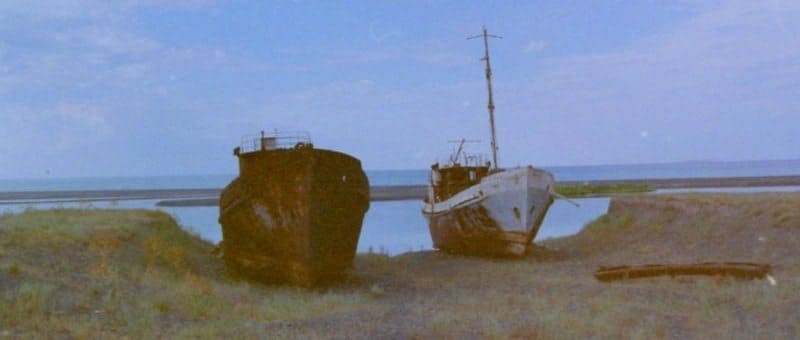
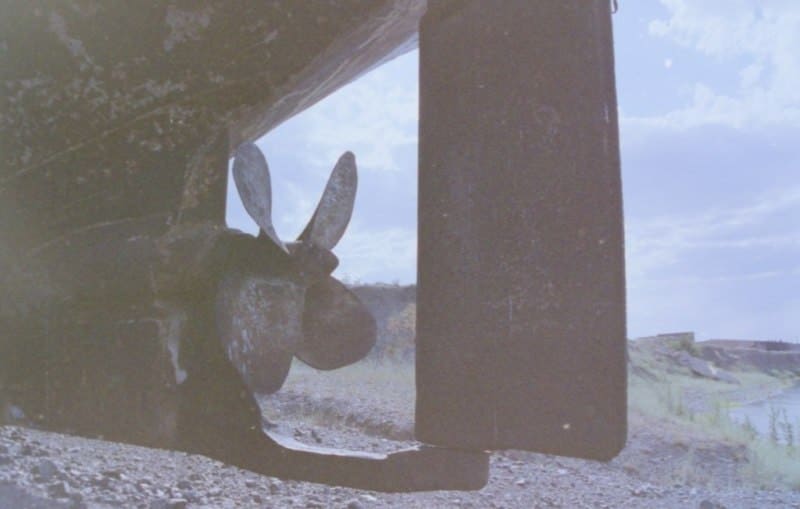
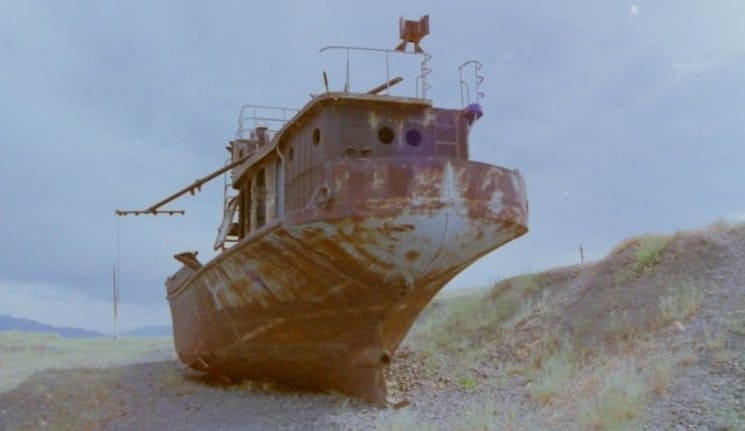
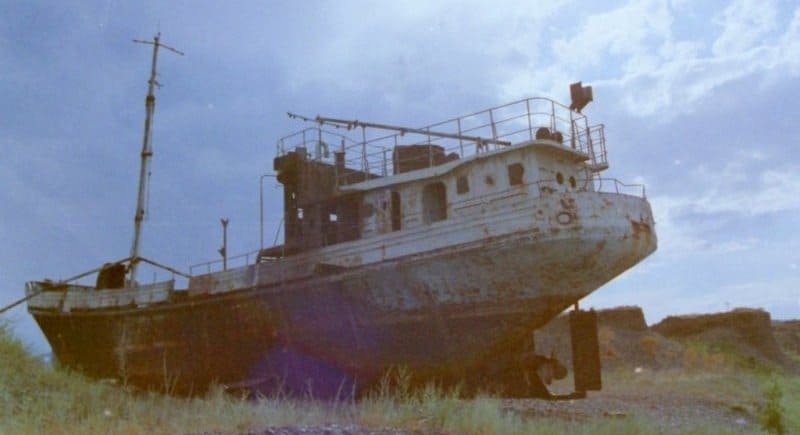
Authority:
Berezovikov Nikolay Nikolaevich, Cand.Biol.Sci.
Photos by:
Alexander Petrov.







